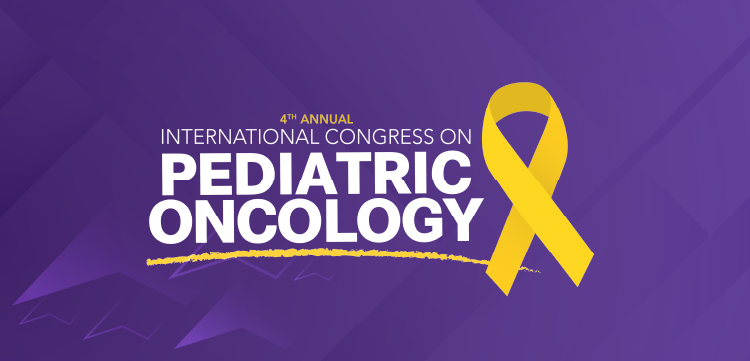
Invasive Aspergillosis Prevalence Increasing in the United States
A new analysis shows Invasive Aspergillosis remains rare but has become more common. On the positive side, hospitalization length and mortality rates have dropped.
Though invasive aspergillosis (IA) remains rare, a new analysis shows the illness is becoming more prevalent, increases mortality and hospital readmission rates, and may add up to $600 million to the nation’s health care costs each year.
Those are the top-line conclusions from a
IA is a rarity among immunocompetent patients, though it impacts up to 13% of immunocompromised patients in the hospital. The illness can be a major problem among patients who undergo stem cell or organ transplants, in particular. It has been more than two decades since a large, national study was undertaken to assess the prevalence and mortality rates of IA.
The study’s authors sought to provide more current and relevant data to support the treatment and prevention of IA. To do so, they used data from the National Inpatient Sample, a national all-payer database of inpatient hospitalizations. Looking at the years 2010 to 2013, the researchers found a total of 66.6 million discharged patients who met the study’s inclusion criteria; of those, 154,888 (0.2%) were diagnosed with IA.
The data showed that patients with an IA diagnosis were approximately 40% more likely to be readmitted within 30 days and had a crude mortality rate of 14%.
Study co-author Andrew F. Shorr, MD, MPH, told Contagion ® that he doesn’t think physicians will be surprised to know the burden and costs of IA remain high.
“Rather, our data put things in clearer relief and show how far we have yet to go with respect to IA,” said Dr. Shorr, of the MedStar Washington Hospital Center, in Washington, DC.
The study showed significant changes from the last major study, which was conducted in 1996. Back then, there were just 10,000 IA hospitalizations per year, while the new study suggests the rate of IA hospitalizations has quadrupled since then. In 1996, the IA prevalence was just 3 cases per 10,000 discharges; today, that number is 10 cases per 10,000 discharges.
However, over the past two decades, the additional length of hospitalization has been halved from 12 days down to 6, the additional medical costs have dropped from $51,000 to $15,000 per admission, and the mortality rate has ticked down from 19% to 14%.
“One reason for the improved outcomes is certainly earlier detection that has been facilitated by the use of biomarkers such as the galactomannan assay,” he said. “Likewise, the triazoles have been shown in clinical trials to result in higher cure rates than amphotericin-based protocols.”
However, he noted that those advancements haven’t cut down morbidity and mortality rates overall. “With increasingly aggressive immunosuppression regimens, it is likely the burden of IA will grow,” he said.
Dr. Shorr stressed that hospitals must be proactive to prevent, detect, and treat IA.
“The most important things are to utilize prophylaxis in high-risk patients, as is now almost routinely done, and to identify the disease early,” he said. “This means having a high index of suspicion and necessitates multidisciplinary collaboration between ID, Heme/Onc, pulmonary, and pharmacy.”
Newsletter
Stay ahead of emerging infectious disease threats with expert insights and breaking research. Subscribe now to get updates delivered straight to your inbox.

































































































































































































































































































